07:59 This is the only species of aspidistra in cultivation; although it is occasionally described as Aspidistra lurida, this is an entirely different plant. A. elatior is sometimes known as the parlor plant because it was popular with the Victorians, who also prized it for its ability to stand up to poor conditions—hence the name cast-iron plant.
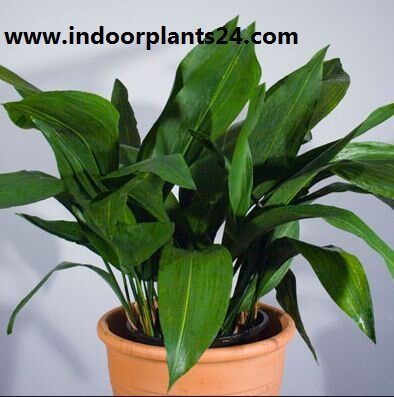
Stemless, it sends up its 12-18-in/30-46-cm oval, dark green, arching leaves from a fleshy, creeping rootstock. It can flower in late winter or early spring, but this event is not frequent.
The dull purple, star-shaped blooms are produced at soil level (in nature they are pollinated by snails) and often go unnoticed as a result.
Aspidistras are seen at their best as lone specimens, and a mature plant in an ornamental stand looks very dignified in a hallway or bay window (which should not receive direct sunlight). Although aspidistras are quite expensive to buy, they are virtually “everlasting.” 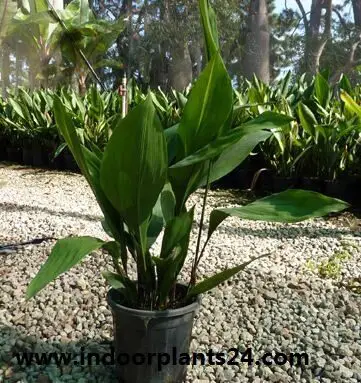 Speckled leaves often indicate that the plant has been given either too much or too little water.
Speckled leaves often indicate that the plant has been given either too much or too little water.
Split and damaged leaves may be caused by overfeeding; if the leaves start to split, reduce the amount of fertilizer by half.
If the plant is too close to a heat source or receives direct sunlight, brown patches may form on the leaves.
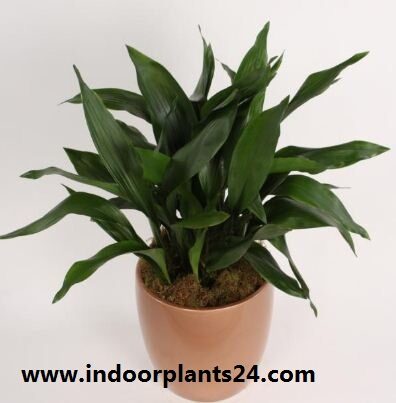 FACT FILE
FACT FILE
POTTING MIX Soil-based.
REPOTTING Repot only when essential until a 12-in/30-cm pot is required.
ORIGIN China.
HEIGHT To 30in/76cm.
Aspidistras may be attacked by red spider mites, scale insects, and mealybugs. Check regularly for signs of these pests. 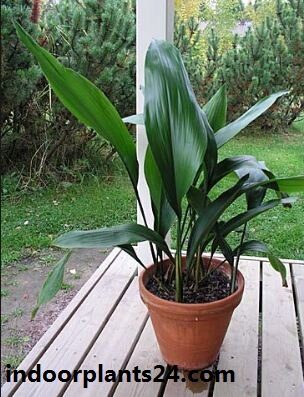 PROPAGATION Divide overcrowded clumps in spring. Single pieces or clusters of leaves with roots can be potted; the latter will produce a better plant more quickly.
PROPAGATION Divide overcrowded clumps in spring. Single pieces or clusters of leaves with roots can be potted; the latter will produce a better plant more quickly.
KEEPING PLANTS Old plants are best left in their original pots; remove new shoots and some roots if necessary. Set outdoors in a sheltered spot in summer. 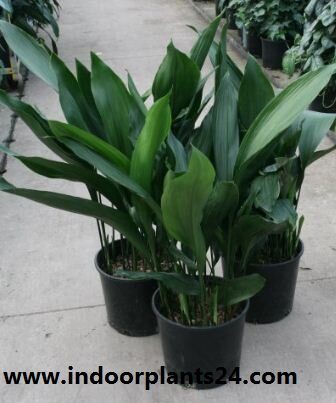
Aspidistra Eatior Liliaceae CAST-IRON PLANT CARE
- Moderate light, without direct sunlight.
- Minimum winter temperature of 50°F/10°C, with a maximum of 70°F/21°C.
- Water moderately, allowing the potting mix to almost dry out between waterings.
- Feed every 2 weeks during the growing season but do not overfeed.
- Wipe leaves free of dust periodically.
- Share
- Share
- Share
- Share
